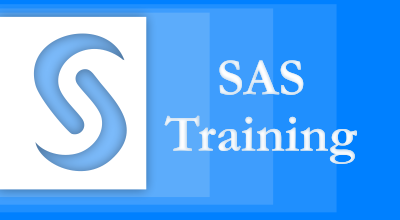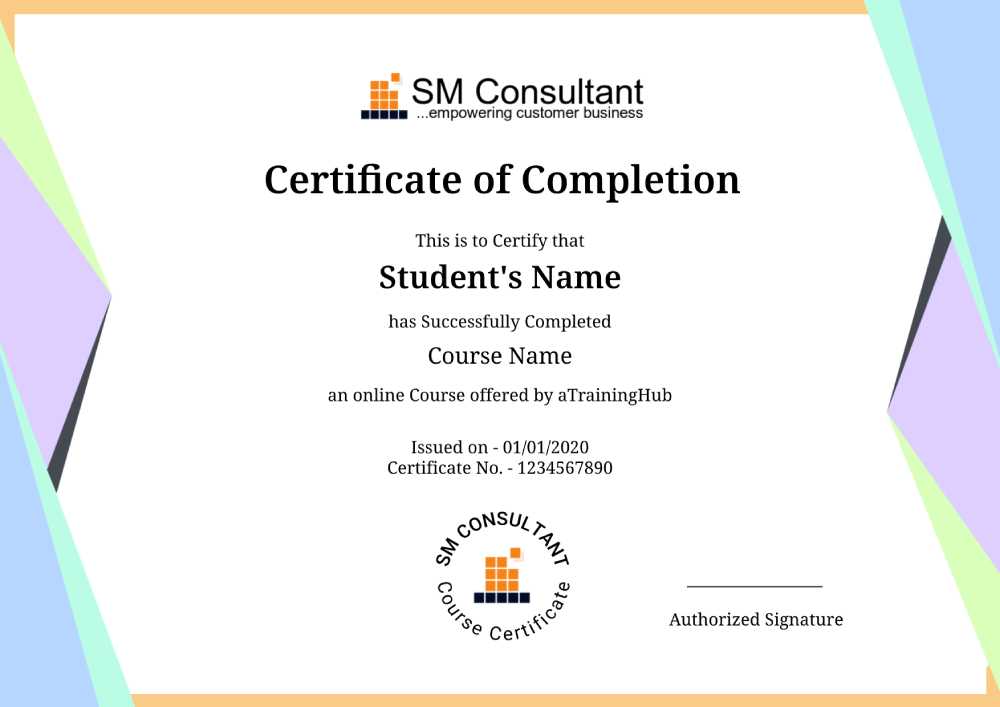SAS Training
Learn SAS Training to Unleash a Modern Career
Average Rating 4.1 From 939 Students

About Course
SAS Training at SM consultant will help you to master advanced analytics techniques using SAS Language. In this SAS online training course, you will learn SAS Macros, Machine Learning, PROC SQL, Procedure, Statistical Analysis and Decision Trees. You will work on real-life projects and prepare for SAS Base programmer certification. This SAS training course will help you in learning the domains of business analytics and business intelligence. Upon completion of this SAS Training online you will have enough proficiency in reading spreadsheets, databases, use SAS functions for manipulating this data and debugging it. This Base SAS certification training also includes data mining, data analytics, modelling techniques, visualization of data, predictive analysis and extracting insights through real-world case studies. At the end of the training, you will Learn about the SAS environment and various windows and Understand the SAS Enterprise Guide.
Reasons to choose SM Consultant
 Mock
MockInterviews
 Focused
FocusedLearning
 Practical
PracticalTraining
 Easy
EasyPayments
 Lifetime
LifetimeAccess
 Expert
ExpertTrainers
 Shareable
ShareableCertificate
 Flexible
FlexibleTimings
Upcoming Batch Schedule for SAS Training
No Timing Suitable for You ?
Tell Us Your Preferred Starting Date, we will schedule a batch for You!
Take SAS Training at your own pace
Self Paced Online Learning
The Self Paced format allows you to stream the course content from anywhere across the globe with a good Internet connection. There is no defined schedule, you can watch them at your comfortable time. Get Started.
Watch Free SAS Training videos before signing up.
Instructor Led Live Training
We deliver Instructor-led online course via your personal computer through an easy-to-use web conferencing tool that allows for real-time interaction between you and the trainer. Get Expert guidance tailored for you.
Join Free SAS Training demo session before signing up.
SAS Training Course Content
1. BASICS BEFORE STARTING SAS
- DATA WAREHOUSING Concepts
- What is ETL and ETL Concepts
- What is OLAP
2. SAS Introduction
- What is SAS
- History of SAS
- Modules available in SAS
3. Accessing data from FLAT files
- Use INFILE statement options to control processing when reading raw data files
- Use various components of an INPUT statement to process raw data files including column and line pointer controls and trailing
- Accessing data from a Database
- Access an Excel workbook
- Accessing data from existing SAS dataset
4. Creating Data Sets
- Create temporary and permanent SAS data sets
- Combining SAS Data Sets
- Understanding How Data Sets Are Read
- Export data to create standard and comma-delimited raw data files
- Control which observations and variables in a SAS data set are processed and output
5. Managing Data
- Investigate SAS data libraries using base SAS utility procedures
- Sort observations in a SAS data set, Conditionally execute SAS statements
- Use assignment statements in the DATA step
- Modify variable attributes using options and statements in the DATA step
- Accumulate sub-totals and totals using DATA step statements
- Use SAS functions to manipulate character data, numeric data, and SAS date values
- Use SAS functions to convert character data to numeric and vice versa
- Process data using DO LOOPS and Process data using SAS arrays
- Validate and clean data
6. Generating Reports
- Generate list reports using the PRINT procedure
- Generate summary reports and frequency tables using base SAS procedures
- Enhance reports through the use of user-defined formats, titles, footnotes and SAS System reporting
- Generate reports using ODS statements
7. Handling Errors
- Identify and resolve programming logic errors
- Recognize and correct syntax errors
- Examine and resolve data errors
8. Accessing Data Using SQL
- Generate detail reports by working with a single table, joining tables or using set operators in the SQL procedure
- Generate summary reports by working with a single table, joining tables or using set operators in the SQL procedure
- Construct sub-queries and in-line views within an SQL procedure step
- Compare solving a problem using the SQL procedure versus using traditional SAS programming techniques
- Access Dictionary Tables using the SQL procedure
9. Macro Processing
- Create and use user-defined and automatic macro variables within the SAS Macro Language
- Automate programs by defining and calling macros using the SAS Macro Language
- Understand the use of macro functions
- Use various system options that are available for macro debugging and displaying values of user-defined and automatic macro variables in the SAS log
- Create data-driven programs using SAS Macro Language
10. Advanced Programming Techniques
- Demonstrate the use of advanced data look up techniques such as array processing, hash objects, formats, and combining/merging data
- Reduce I/O by controlling the space required to store SAS data sets using compression techniques, length statements, or eliminating variables and observations
- Reduce programming time by developing reusable SAS programs which incorporate data step views, DATA steps that write SAS programs, and the FCMP procedure
- Perform effective benchmarking by using the appropriate SAS System options and interpreting the resulting resource utilization statistics
- Determine the resources used by the SORT procedure and avoid unnecessary sorts by using appropriate indexes, data set options, BY statement options, and the CLASS statement
- Identify appropriate applications for using indexes and create them using the DATA step, the DATASETS procedure, or the SQL procedure
- Compare techniques to eliminate duplicate data using the DATA step, the SORT procedure, and the SQL procedure
Need Customized Course Content?
We will customize the SAS Training course content according to your job requirements.
Certification
Once you are successfully through the project, you will be awarded an SM Consultant’s SAS Training Completion Certificate for the course.
SM Consultant’s certification has industry recognition, and we are the preferred training partner for many organizations.
 SM Consultant’s Certificate Holders work at 100s of companies
SM Consultant’s Certificate Holders work at 100s of companies
Frequently Asked Questions About SAS Training
1. When will I receive my joining instructions for SAS Training?
Joining instructions for SAS Training is sent two days prior to the course start date, or immediately if the booking is confirmed within this timeframe.
2. How are you better than the other classes? Past achievements?
As they say, “History speaks for itself”, the past achievements would give you a good picture of our reputation, and would also tell you what extra efforts we put in to achieve it.
3. Do you offer a SAS Training Demo or Trial class before joining?
We offer 1 demo classes to students. Just make sure that you select the subject and time of the class so that you get an independent assessment of the quality of teaching and you can take an informed decision.
4. What’s the batch size? Will I get personal attention?
An average batch size could be min. 4-5 and max. 8-10 but irrespective of the batch size you will get personal attention and our trainers will help you understand the technology.
5. What if I am not able to attend or miss a session?
If you are unable to attend your session we will help you understand the session by sharing the recording of the live session and still if you need more assistance, we will arrange a backup session for you.
6. Can I access the SAS Training course material after training?
Yes, you will get the material in pdf format and will have access to the SAS Training recordings.
Have More Questions?
Do let us know if you need more information we will be happy to help you!









